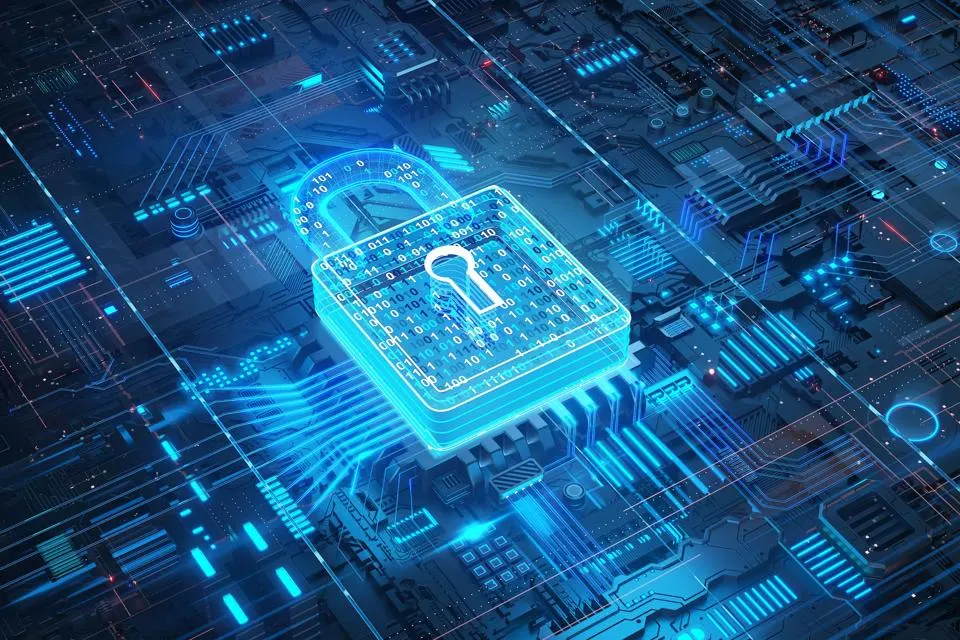Top Cybersecurity Threats and How to Stay Safe
In 2025, cyber threats are more sophisticated, unpredictable, and damaging than ever. With attackers embracing emerging technologies and automation, the digital landscape demands that individuals and businesses alike take proactive steps to stay secure. Here are the most pressing cybersecurity threats this year and proven strategies to minimize risk.
Top Cybersecurity Threats in 2025
1. AI-Enhanced Phishing Attacks
Cybercriminals are using AI to craft highly personalized phishing emails and voice messages that convincingly impersonate real people. These messages are harder to detect and more persuasive.
Example: Deepfake audio of a CEO asking to transfer company funds.
2. Ransomware-as-a-Service (RaaS)
Pre-packaged ransomware kits available online allow even unskilled attackers to deploy ransomware attacks. This trend is rapidly growing among cybercriminals.
Main targets: Healthcare, universities, SMBs.
3. Zero-Day Exploits
Hackers exploit newly discovered software vulnerabilities before patches are released. These exploits are dangerous due to the lack of immediate protections.
Example: Attacks on unpatched Microsoft Exchange servers.
4. Supply Chain Attacks
Threat actors compromise vendors or third-party services to access their customers, affecting thousands of downstream systems.
Example: SolarWinds and 3CX incidents.
5. Cloud Misconfigurations
Incorrect settings in cloud services lead to data exposure, making this one of the most common causes of breaches.
Risk: Exposed S3 buckets, open databases.
6. IoT Device Vulnerabilities
Poorly secured smart devices in homes and offices create easy targets for botnets and unauthorized access.
7. Insider Threats
Employees—either malicious or negligent—pose risks by misusing or accidentally leaking sensitive information.
Proven Ways to Minimize Cyber Risks
1. Adopt Zero Trust Security
Require verification for every user and device, regardless of location. Use multi-factor authentication (MFA), microsegmentation, and real-time monitoring.
2. Train Your Team
Educate employees with regular cybersecurity awareness programs. Use simulated phishing campaigns and gamified learning tools.
3. Regular Patching and Scanning
Update all devices and software. Automate vulnerability scans and prioritize high-risk patches.
4. Upgrade Email Security
Use AI-enhanced email filters and implement DMARC policies to reduce spoofing and phishing attacks.
5. Encrypt and Back Up Data
Encrypt sensitive data and perform regular, tested backups to mitigate data loss during breaches or ransomware attacks.
6. Monitor Cloud and Vendors
Use CSPM tools and review vendor security practices. Choose vendors with SOC 2 or ISO 27001 compliance.
7. Invest in EDR/XDR
Implement Endpoint and Extended Detection and Response solutions to improve visibility and reduce incident response times.
8. Leverage Security Automation
SOAR platforms help automate threat response and reduce alert fatigue, allowing teams to focus on high-priority incidents
2025 is a turning point for cybersecurity. The fusion of AI and cybercrime makes proactive defense critical. By layering security tools with ongoing education and automation, organizations can reduce risk and stay ahead of evolving threats.
recent posts
You may already have a formal Data Governance program in [...]

